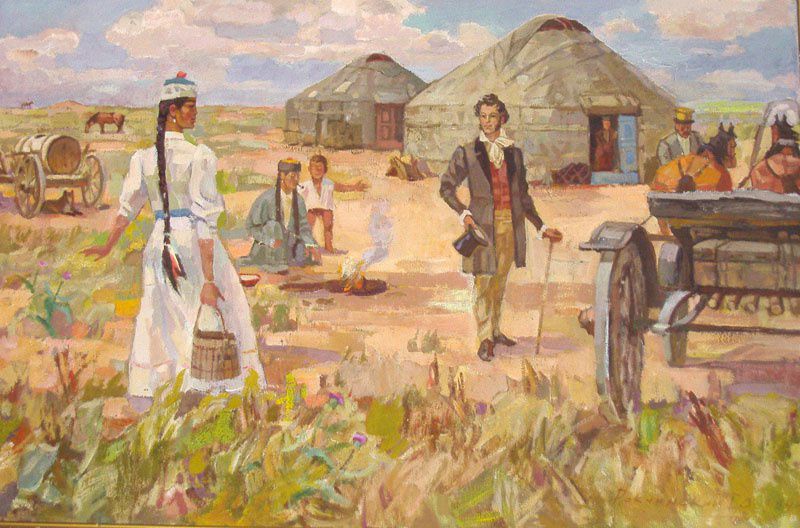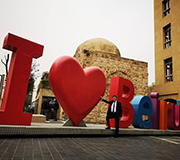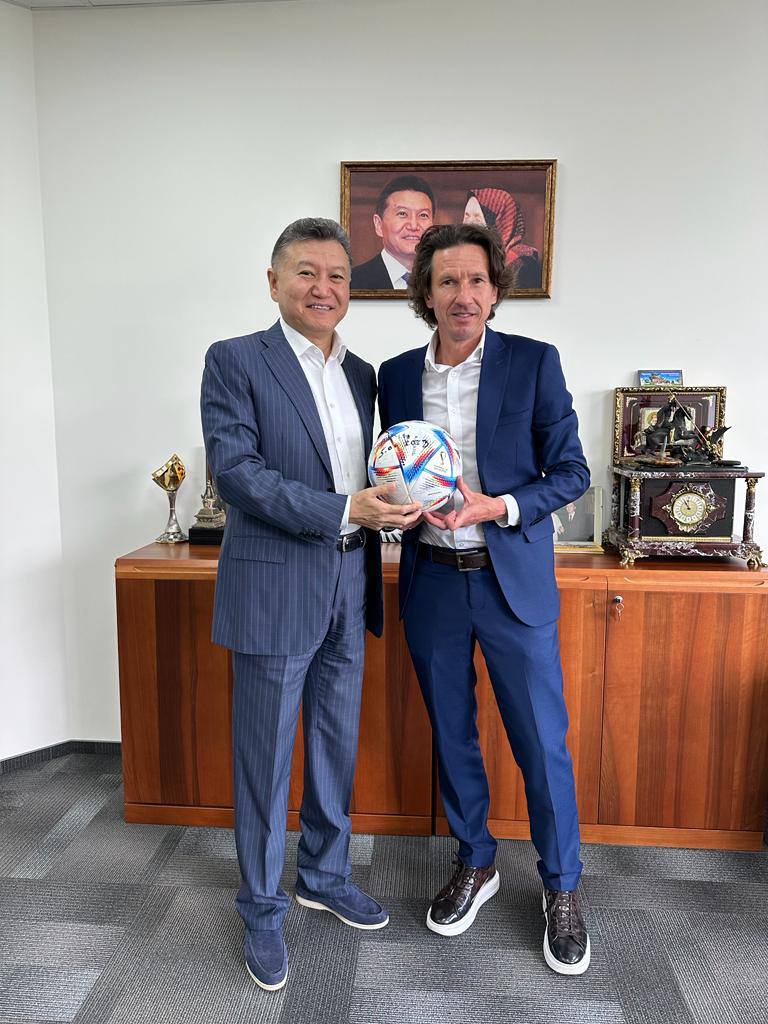Mandalas are a Buddhist symbol of the Universe, expressing the inextricable link between micro and macrocosm. Buddha transmitted his teachings in two forms: in sutras (dialogues that were available to the public) and in tantras (contemplative practices that Buddha taught to those whose spiritual level was high enough). Mandalas are those images that have been revealed to few through the practice of contemplation and meditation.
Nobody knows when or how mandalas appeared. According to one version, these images came to Buddhism from the religious practices of the Aryans; on the other, the mandala was invented by Guru Rinpoche, the founder of Tibetan Buddhism. He also made up its graphic canon - circles and squares inscribed into each other. Until the 19th century, the ceremony of erecting and destroying sacred images was secret. And only the 13th Dalai Lama made the ceremony open to all believers.
Buddhists believe that to heal from an illness, it is enough just to touch the image of the Medicine Buddha.

In the centre of the mandala, there is a palace made of gold, silver, white and red pearls and a Vaidurya stone (Buddhists believe that its radiance is capable of expelling diseases). It is adorned with precious stones, which, according to the Tibetan Canon of Medicine, "pacify 404 diseases." And inside there is a throne on which the Medicine Buddha himself sits in monastic robes. In his left hand he holds a bowl with a healing plant myroblan - a symbol of a medicine for all diseases of the soul and body.























